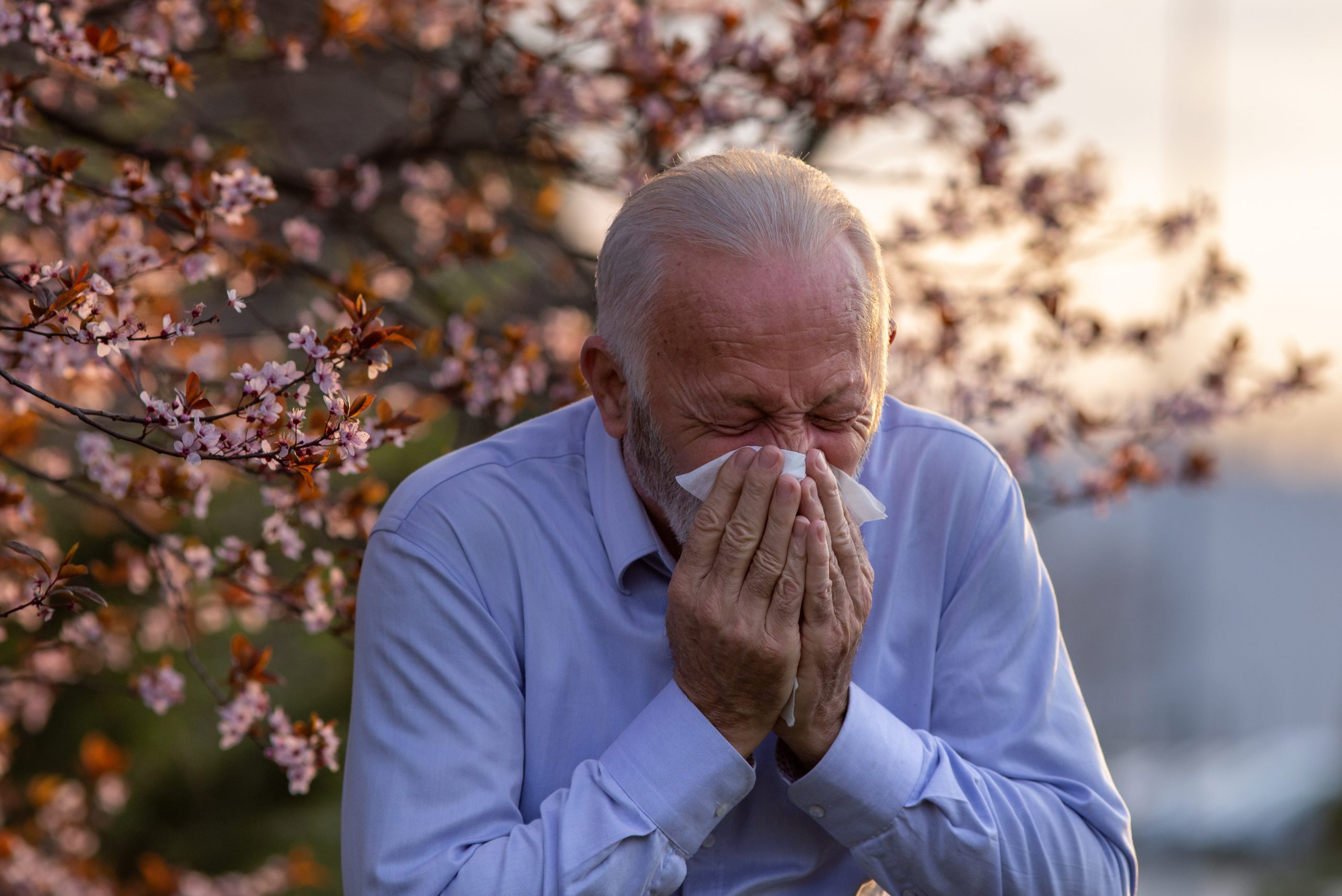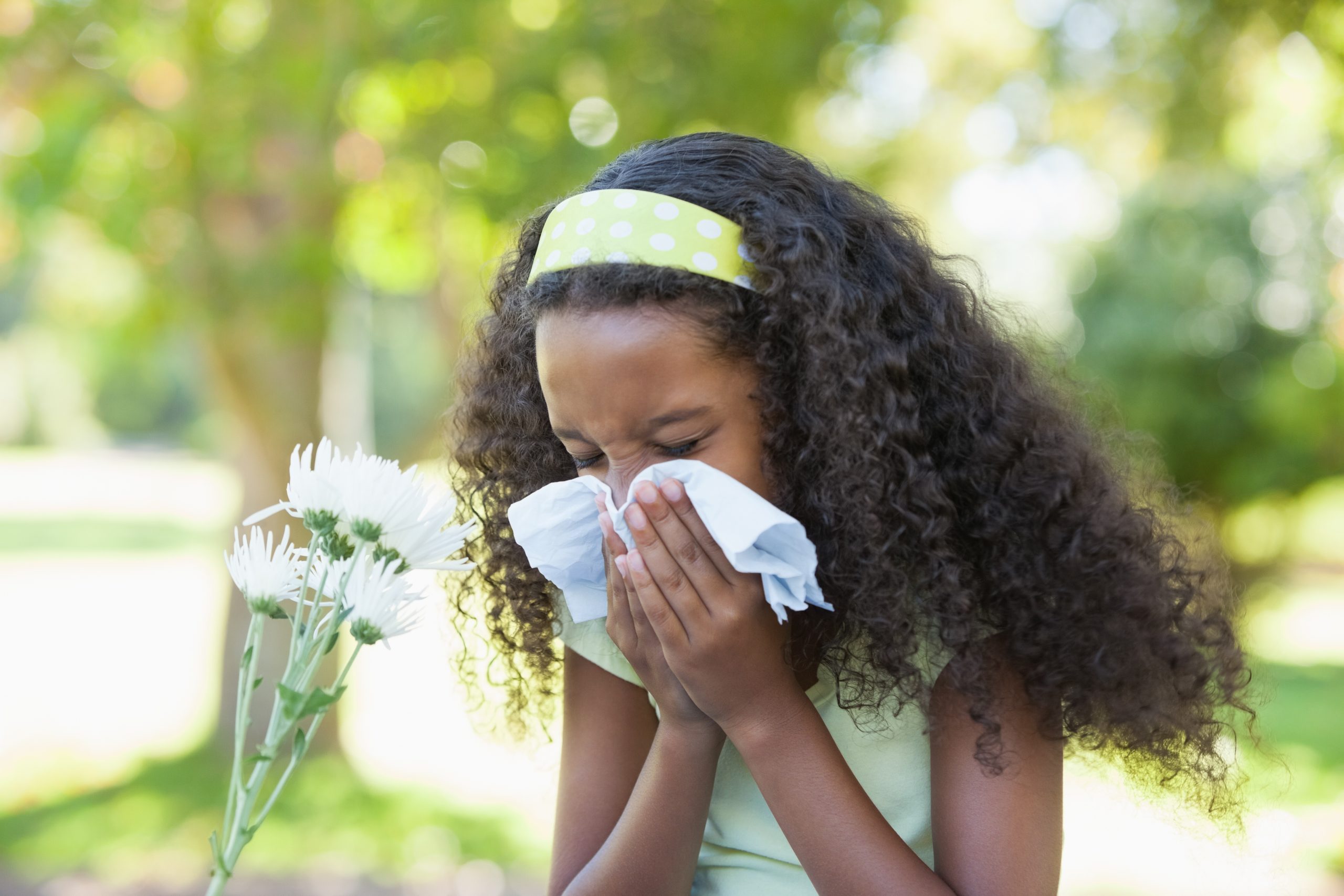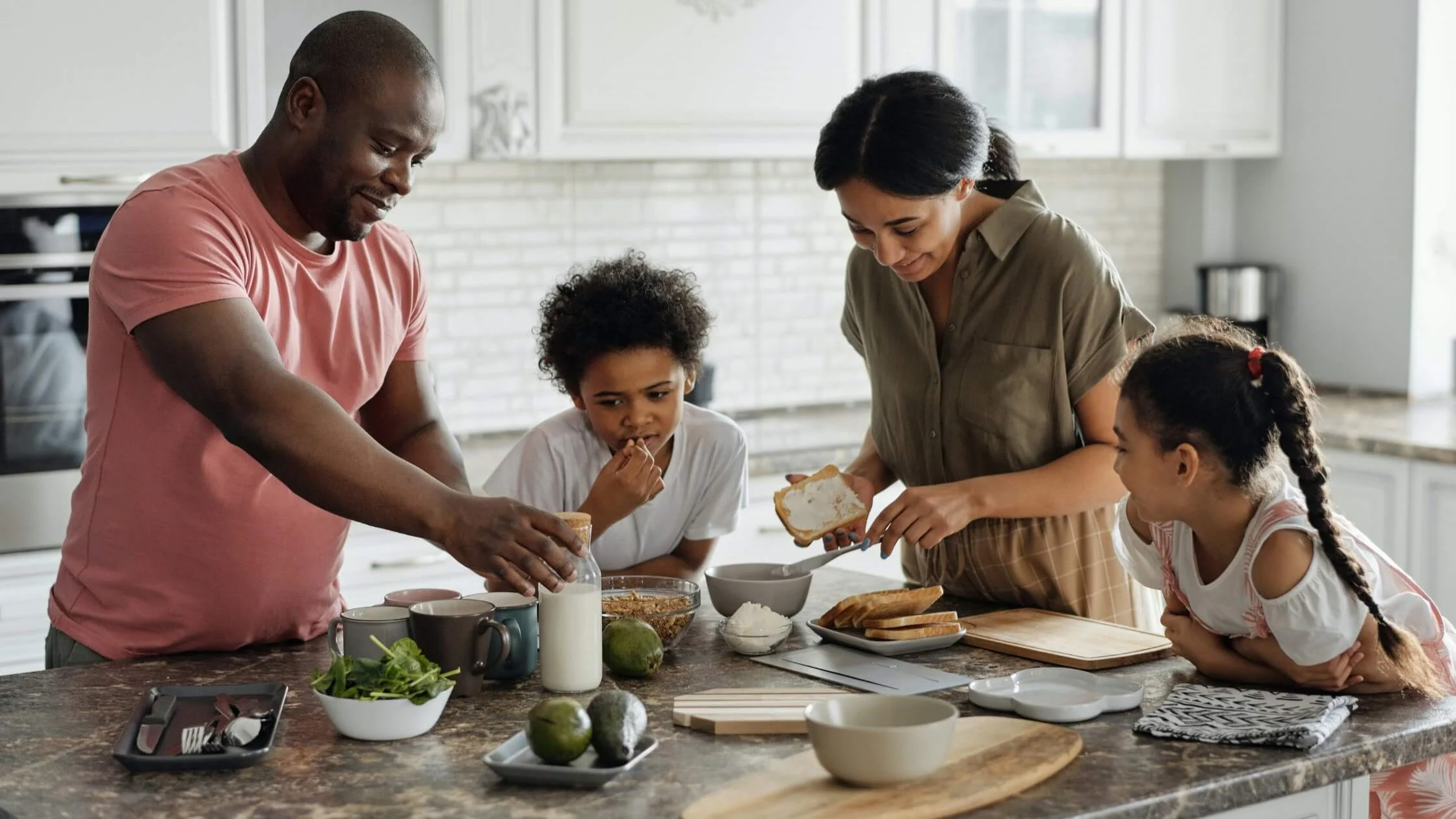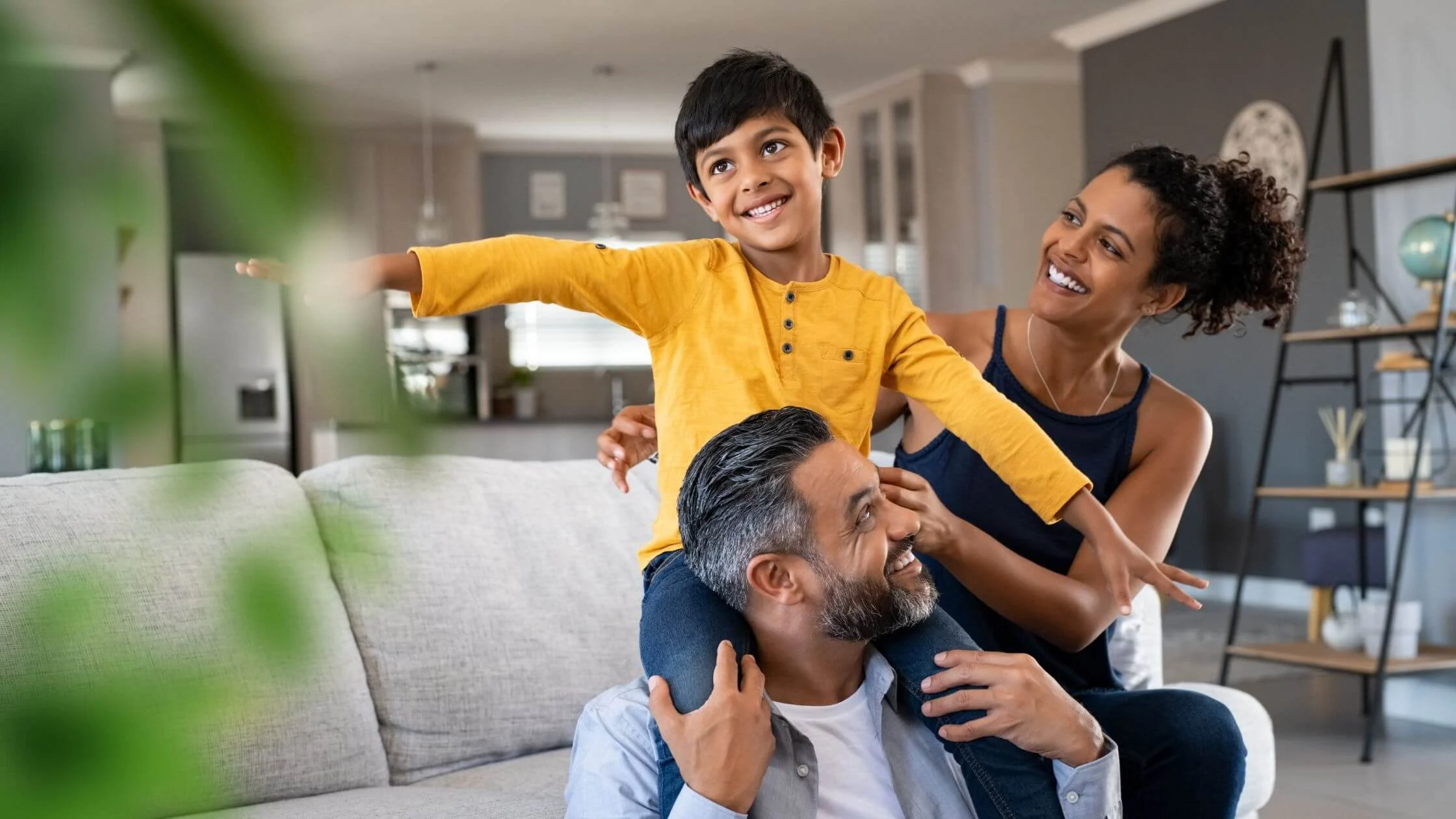How To Take Action Against Bullying

Bullying occurs when a child gets picked on repeatedly. Any child can be the victim of bullying, however, children who bully typically target those who they feel they have power over or are jealous of; those who are smaller, quiet, shy, socially isolated, appear weaker, high academic achievers, talented, successful, ill or disabled.
Bullying doesn’t happen to all children; however, it happens more often than most parents might expect. Within the last year, over 1 in 6 high schoolers reported being a victim of cyberbullying. It’s important to know how to help and prepare your child should bullying happen to them or someone they know.
Types of bullying.
Bullying exists in many forms, but the most common types include:
- Physical bullying – An individual’s body is attacked with physical force by acts such as kicking, pushing or hitting. This can also include physical damage to personal belongings.
- Verbal bullying – An individual has harmful words used against them (either spoken or written) by being teased, threatened or called names.
- Social bullying – An individual is purposely excluded from an activity or group or has false information shared about them.
- Cyberbullying – A more modern form of bullying that is done through smart devices and technology like computers, cell phones and social media networks. This form of bullying can often be a combination of verbal and social bullying.
The effects of bullying.
Bullying affects the bully, the victims and even those who witness it happening.
1. Bystanders of bullying can grow to fear their school environment. They may not have a desire to attend school anymore, feel that bullying attacks could happen to them next, feel bad for not helping the victim or feel obligated by their peers to join the bullying to prevent being on the receiving end.
2. Those who are bullied can go through a great amount of distress. Their mental health can suffer from anxiety and depression, and they can become more socially withdrawn. They may also develop a disconnect from school, have lower grades and attendance and lower self-esteem.
3. Those who bully are not “bad kids”. Children engage in all types of behavior that is not a reflection of who they are as a person. Bullying is not an identity, it is a learned behavior that can be corrected. Children who bully others may suffer from low self-esteem, find it hard to make and keep positive relationships or have previously been the victim of bullying themselves.
How parents can stand up to bullying.
No matter what end of bullying your child is on, it’s important to help them feel supported and let them know that they are not alone.
Here are some actions parents can take to help their children:
- Tell someone – Teach children that it’s okay to ask for help and to tell an adult anytime a bullying incident occurs.
- Set a positive example – Whether they are a bystander or the one being bullied, teach your child not to give in to what the bully wants and give them the attention they are seeking. Coach your child on what to do next time.
- Talk regularly – Make it a normal routine to ask your child about their day and how things are going with school and their peers. Make sure they understand they have a safe space to talk about concerns.
If you suspect your child is being bullied, witnessing others get bullied or is bullying someone else, you are encouraged to speak up about it. Your child’s school system, surrounding community and pediatrician are good places to start to build a support system and help bring an end to bullying. Local partnerships can also help you find anti-bullying resources, serve as a place to have open discussions around common problems in adolescents and lead toward a positive outcome for all involved.
Does your child need an appointment?
Please click here to schedule an appointment and talk to your child’s provider about bullying.
Regardless of the date published, no content on this website should ever be used as a replacement for direct medical advice from your primary care provider or another qualified clinician.





